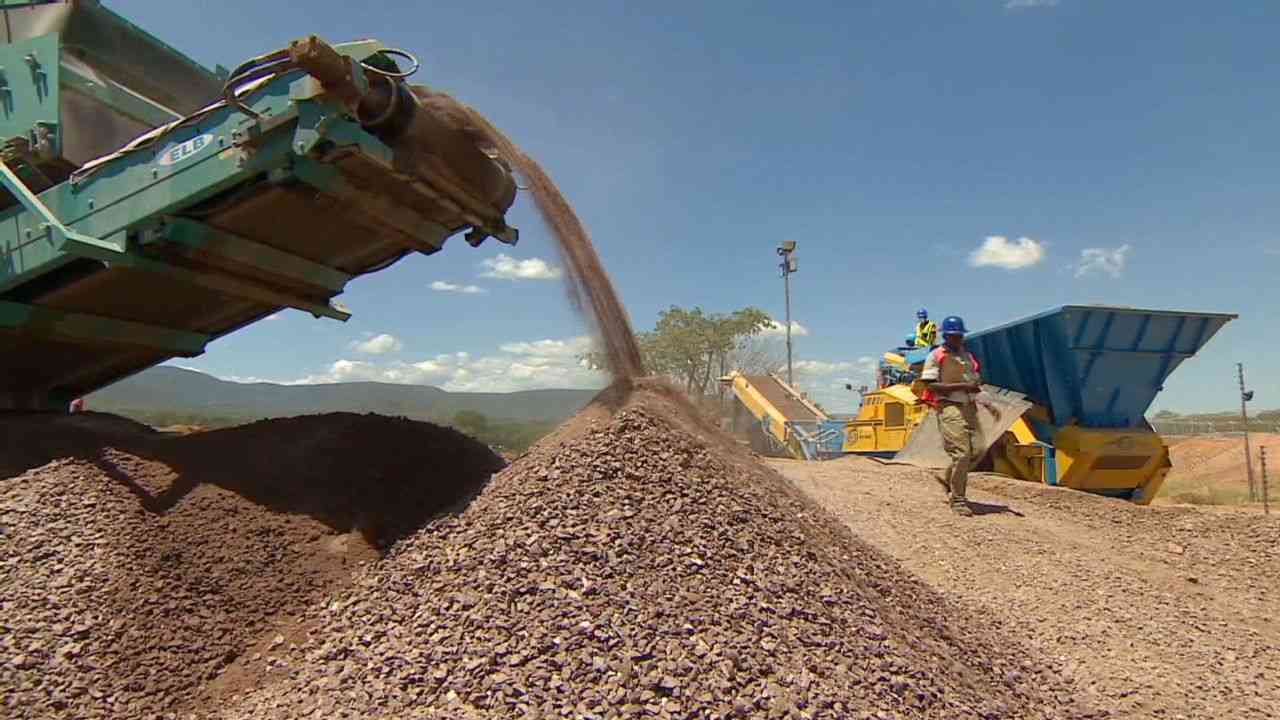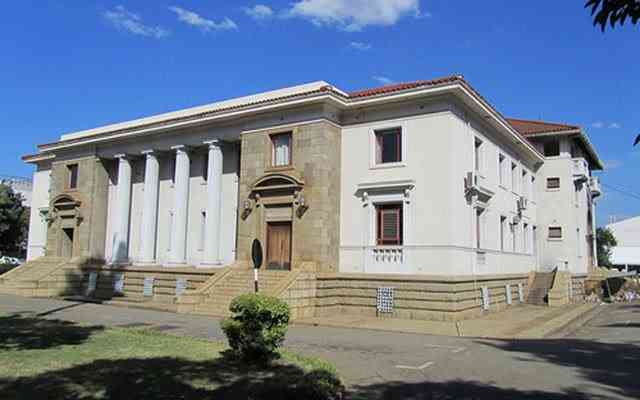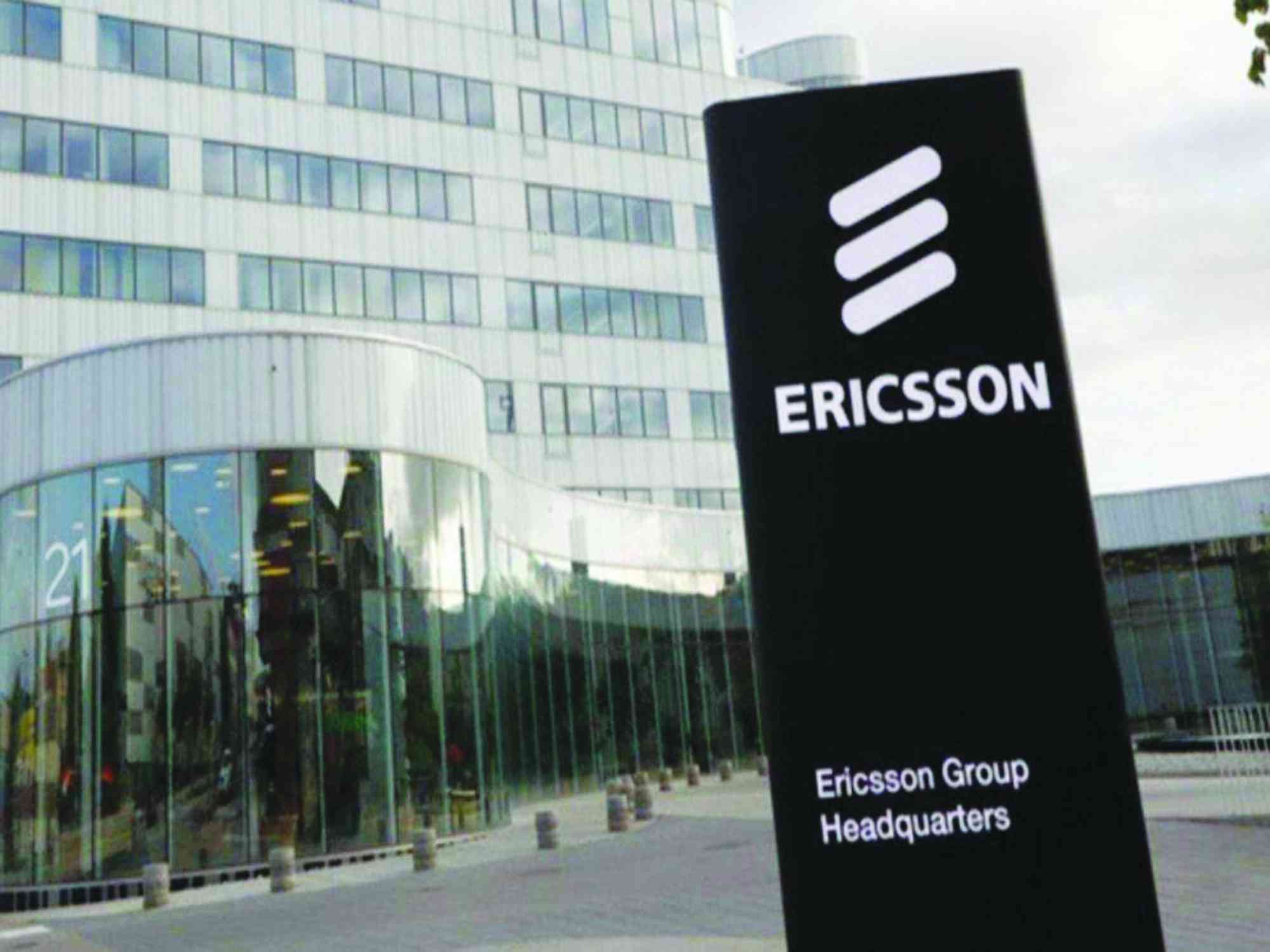ZIMBABWE is on the brink of a significant leap in the global fight against climate change with the launch of a carbon credit bourse in 2025.
This pioneering move will atransform the country’s environmental landscape, offering a platform for the exchange of carbon credits. It will empower individuals and organisations to offset their greenhouse gas emissions and bolster the use of locally generated carbon credits.
At the heart of this bourse's success is green building, a key player in the generation of carbon credits and the promotion of sustainable development.
In this article, we will delve into the pivotal role green building plays in Zimbabwe's carbon credit bourse success, highlighting its benefits, opportunities, and potential for a greener, more sustainable future.
Join us as we explore the thrilling intersection of sustainability, finance, and innovation and envision how green building will shape Zimbabwe's carbon credit landscape.
UNHabitat opines that 75% of buildings that will be there in 2050 are not yet built, setting the stage for green building, which has enormous benefits.
Keep Reading
- COP26 a washout? Don’t lose hope – here’s why
- Out & about: Bright sheds light on Vic Falls Carnival
- COP26 a washout? Don’t lose hope – here’s why
- Out & about: Bright sheds light on Vic Falls Carnival
Green building refers to building design, construction, and operation that minimise environmental impact and reduce carbon emissions.
By incorporating green building practices, developers and building owners can reduce energy consumption, water usage, and waste generation, lowering greenhouse gas emissions.
These reductions can then be quantified and converted into carbon credits, which can be traded on the bourse.
The benefits of green building for participants in the carbon credit bourse are numerous:
Green buildings offer a multitude of benefits for participants in the carbon credit bourse. They generally have a higher value, driven by increased demand and rental income.
They also boast lower operating costs, thanks to energy-efficient systems and sustainable materials that reduce energy consumption and maintenance costs.
Moreover, they enhance occupant health and productivity by providing healthier indoor environments, which in turn improve occupant well-being and productivity.
Green buildings qualify for specialised financing options and incentives, and lastly, they contribute to sustainable development, supporting Zimbabwe's sustainable development goals and commitment to reducing carbon emissions. This financial upside underscores the promising economic opportunities in sustainability.
How do carbon credits interlink with green building?
Carbon credits and green building are interlinked in several ways, which include:
Reduced emissions: Green buildings reduce energy consumption and greenhouse gas emissions through sustainable design, materials, and systems. These reduced emissions can be quantified and converted into carbon credits to be traded.
Carbon offsetting: Green buildings can generate carbon credits by offsetting emissions from other sources, such as industrial processes or transportation.
Certification programmes: Green building certification programmes, like EDGE, LEED or Green Star, award points or credits for sustainable design and operations. These credits can be linked to carbon credits.
Energy efficiency: Green buildings incorporate energy-efficient systems, which reduce energy consumption and associated emissions, generating carbon credits.
Renewable energy: Green buildings may integrate on-site renewable energy systems, like solar or wind power, which generate carbon credits by offsetting fossil fuel-based energy.
Carbon credit trading: Green buildings can generate carbon credits that can be traded on carbon markets, providing a financial incentive for building owners and operators.
Sustainable materials: Green buildings use sustainable materials with lower embodied carbon emissions. These materials contribute to reduced overall emissions and generate carbon credits.
Water conservation: Green buildings often incorporate water-conserving measures to reduce water usage and associated emissions and generate carbon credits.
Waste reduction: Green buildings implement waste reduction and recycling strategies, minimising waste-related emissions and generating carbon credits.
Continuous monitoring: Green buildings often incorporate monitoring and reporting systems, tracking energy consumption, water usage, and waste generation, enabling the generation of carbon credits.
To ensure the envisioned success, the Zimbabwean government must introduce policies that incentivise the support of green building, such as tax rebates, reduced building permit fees, and streamlined regulatory processes.
International organisations are on record to offer funding and technical assistance for green building projects, as is the case with UNHabitat, the United Nations Development Programme (UNDP) and the Climate Technology Centre Network (CTCN), who are currently funding the development of green standards and codes for energy and resource efficiency, setting the path for green building certification.
To fully capitalise on the benefits of green building in Zimbabwe's carbon credit bourse, stakeholders must collaborate:
Developers and builders: Incorporate green building practices into projects.
Investors: Support green building initiatives and purchase carbon credits.
Government offering incentives and streamlining regulations.
International organisations: Provide funding and technical assistance.
In conclusion, green building is a crucial element in Zimbabwe's carbon credit bourse success. As the country strides towards a sustainable future, green building practices will play a vital role in reducing greenhouse gas emissions, generating carbon credits, and supporting the growth of the bourse.
With its numerous benefits, including reduced operating costs, enhanced marketability, and improved occupant health, green building is an attractive opportunity for developers, investors, and building owners.
By embracing green building practices, Zimbabwe can unlock its full potential in the carbon credit market, drive sustainable development, and contribute to a cleaner, greener future.
As the country moves forward, it is essential to prioritise green building in the carbon credit bourse strategy, ensuring a successful and sustainable future for generations to come.
The time to build green is now, and Zimbabwe is poised to lead the way in Africa's sustainable building revolution.
Juru is the chairperson of the Green Building Council of Zimbabwe and chief executive officer at Integrated Properties.





